Do I Need New Countertops?
Countertops are a pivotal component of any kitchen, serving both functional and aesthetic purposes. Over time, they may suffer from wear and tear or fall out of sync with the home's decor, prompting homeowners to consider replacement. Understanding when to update your countertops involves assessing physical damage, evaluating functionality, considering aesthetic goals, and analyzing budget constraints. This article delves into the various factors indicating the need for new countertops, helping you make informed decisions about a potential upgrade. By exploring these aspects in depth, we aim to provide clarity on whether a kitchen renovation could enhance your living space.
1. Assessing Physical Damage
1.1 Visible Cracks and Chips
Visible cracks and chips on countertops are signs of deterioration that may demand replacement. Often caused by heavy impacts or pressure, these imperfections can detract from the kitchen's aesthetics and potentially compromise the integrity of the surface. Smaller chips might be repaired, but extensive damage across a larger area might lead to more significant structural issues. Once you observe such damage, inspecting its extent and frequency is crucial to decide the next steps effectively. If left unchecked, these physical damages can worsen, affecting not just the surface appearance but also its usability.
1.2 Surface Stains and Discoloration
Persistent surface stains and discoloration are another factor that may warrant countertop replacement. While regular cleaning removes most stains, some substances might seep into the surface, especially with porous materials. If conventional cleaning methods fail to restore the countertop to its original state, it could indicate deep-set stains. Stains can result from numerous causes, from spilled beverages to household chemicals, disrupting the kitchen's visual harmony. Replacing stained or discolored countertops might be the best option to maintain the space's aesthetic appeal.
1.3 Warping and Bubbling
Warping and bubbling are indicative of structural problems within the countertops. These issues often arise due to prolonged exposure to moisture or heat, compromising the countertop's stability and flatness. Warped surfaces can make it challenging to perform culinary tasks, like preparing meals, as they affect the countertop's functionality. Bubbling can indicate underlying issues, such as water accumulation, which may lead to further damage. Promptly addressing these problems by considering new countertops can prevent additional deterioration and safety hazards within the kitchen environment.
1.4 Peeling Laminate Layers
Peeling laminate layers are a common issue in homes with laminate countertops, reflecting aging or neglect. Over time, adhesives used in laminates may weaken due to moisture, heat, or everyday wear and tear, leading to unsightly peeling. This can expose the underlying material, making the surface less resistant to damages and stains. Peeling might start in a small area but spread quickly, requiring a comprehensive solution such as replacing the laminate. Changing to a different material or reapplying new laminate can effectively tackle this issue, restoring the countertop's integrity.
1.5 Weakened Seams and Joints
Weakened seams and joints signal potential problems that may necessitate the replacement of countertops. With daily use, joints can deteriorate, causing countertops to feel unstable or shaky. Addressing these problems often involves assessing whether simple repairs can suffice or full replacement is necessary. Seam weaknesses can form gradually and lead to gaps or material separation, which can be unsightly and impractical. For homeowners, ensuring seams and joints are intact is crucial for both appearance and safety.
2. Evaluating Functionality and Practicality
2.1 Insufficient Workspace
An essential consideration for countertops is whether they provide adequate workspace to meet current needs. Kitchens are dynamic environments, and personal requirements may change over time, necessitating additional counter space. With a standard countertop depth averaging 25 inches, according to KitchenAid, assessing current dimensions against household activities is crucial. Insufficient space can limit efficiency, making it difficult to prepare meals or utilize kitchen appliances effectively. Expanding or redesigning the layout with new countertops can improve overall functionality and enhance your cooking experience.
2.2 Storage and Utility Concerns
Another angle to evaluate is the utility and storage capacities that existing countertops provide. Modern countertops can encompass integrated features like under-mount sinks or built-in storage, offering a space-efficient solution. For homeowners experiencing a shortage of storage or poor layout, integrating functional features within new countertops can be a valuable investment. These enhancements can streamline tasks, reduce clutter, and contribute to a more organized kitchen environment. Considering utility expansion within new countertops can greatly enhance their practicality and convenience.
2.3 Obsolete Electricity and Plumbing Access
The accessibility of electricity and plumbing components beneath countertops is vital for maintaining a functional kitchen. Outdated configurations may not support new appliance installations or reparations effectively. Evaluating whether your current setup accommodates contemporary needs without costly modifications is essential. Newer countertop designs often come equipped with solutions like pre-cut sections for outlets or improved access to plumbing, easing the integration of technology. Opting for new countertops with modern upgrades can seamlessly align your kitchen with evolving demands.
2.4 Maintenance Challenges
Ease of maintenance plays a significant role in the decision to replace countertops. Some materials require extensive upkeep, leading to constant vigilance to prevent damages or retain their appearance. Homeowners facing persistent maintenance issues might find it beneficial to transition to materials offering easier cleaning and longevity. Modern surfaces like quartz provide low-maintenance solutions with high durability, saving time and effort. Replacing high-maintenance countertops with a more practical option can enhance convenience and extend their lifespan.
2.5 Poor Layout or Workflow
The existing layout or workflow of your kitchen can be suboptimal due to poorly designed countertops. Inefficient placements can hinder movement, access to tools, or appliance usage, affecting how effectively the kitchen space is utilized. Redesigning the countertop layout can significantly enhance workflow, facilitating more intuitive and comfortable usage. With ergonomic designs and improved layouts, homeowners can transform their kitchens into efficient workspaces. Investing in new countertops can be a catalyst for better organizing and enhancing overall productivity in the kitchen.
3. Considering Aesthetic Updates
3.1 Design and Style Mismatch
Over time, the design and style of countertops may no longer align with homeowners' tastes or the overall aesthetic of the home. As trends evolve, homeowners might find their countertops looking outdated or out of place amidst modern decor. Redecorating or renovating kitchens can sometimes reveal such mismatches, prompting consideration for updated surfaces. Contemporary countertop designs offer a multitude of styles, making it easier to harmonize with current interior design preferences. By replacing countertops, homeowners can better reflect their personal style and enhance the kitchen’s aesthetic appeal.
3.2 Color and Texture Changes
Color and texture significantly influence the mood and ambiance of a kitchen. A desire to shift the kitchen's atmosphere might drive changes in countertop surfaces, using colors and materials that better match the desired vision. Laminates, stone, or engineered materials can be chosen for their unique textures, transforming the tactile experience of kitchen interactions. Additionally, light or dark color choices can impact how spacious or cozy a kitchen feels. When updating the countertops, selecting colors and textures that enhance the atmosphere can profoundly affect the aesthetic satisfaction they provide.
In conclusion, the choice to replace countertops involves various factors, from assessing physical damage to considering aesthetic goals and budgetary constraints. By understanding the array of material options, evaluating for sustainability, and acknowledging practical needs, homeowners can make informed decisions aligned with their lifestyle and design vision. Updating countertops not only enhances kitchen aesthetics but also contributes to functionality, efficiency, and value of the space. Whether seeking stylistic cohesion or ensuring modern utility, a thoughtful approach to replacing countertops can achieve lasting satisfaction and improvements in daily living. As you weigh the considerations discussed here, remember that the ideal choice aligns with both practical needs and personal tastes, promoting a harmonious and efficient kitchen environment. Be sure to reach out to Fair Marble LLC today for more information on our professional countertops!

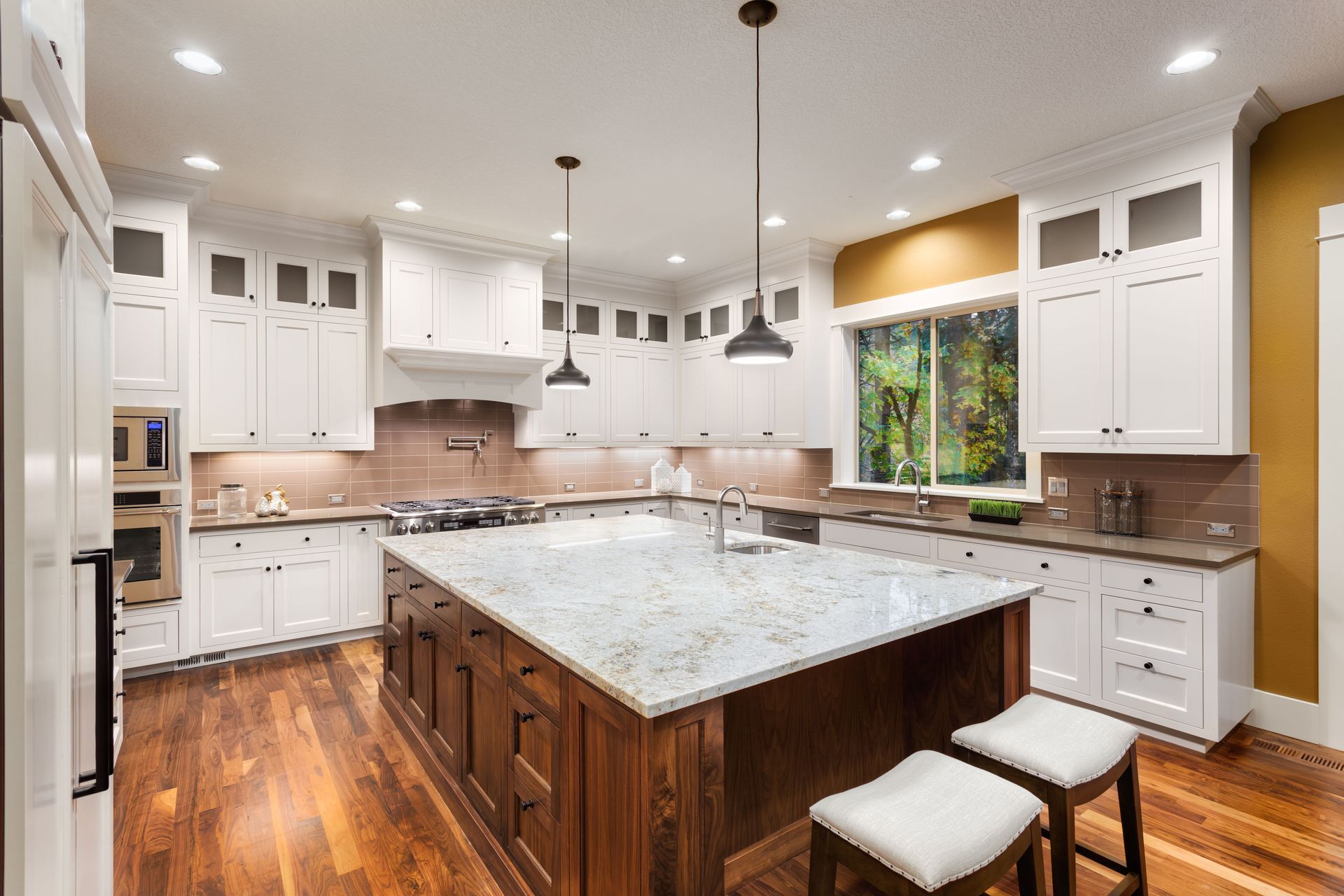
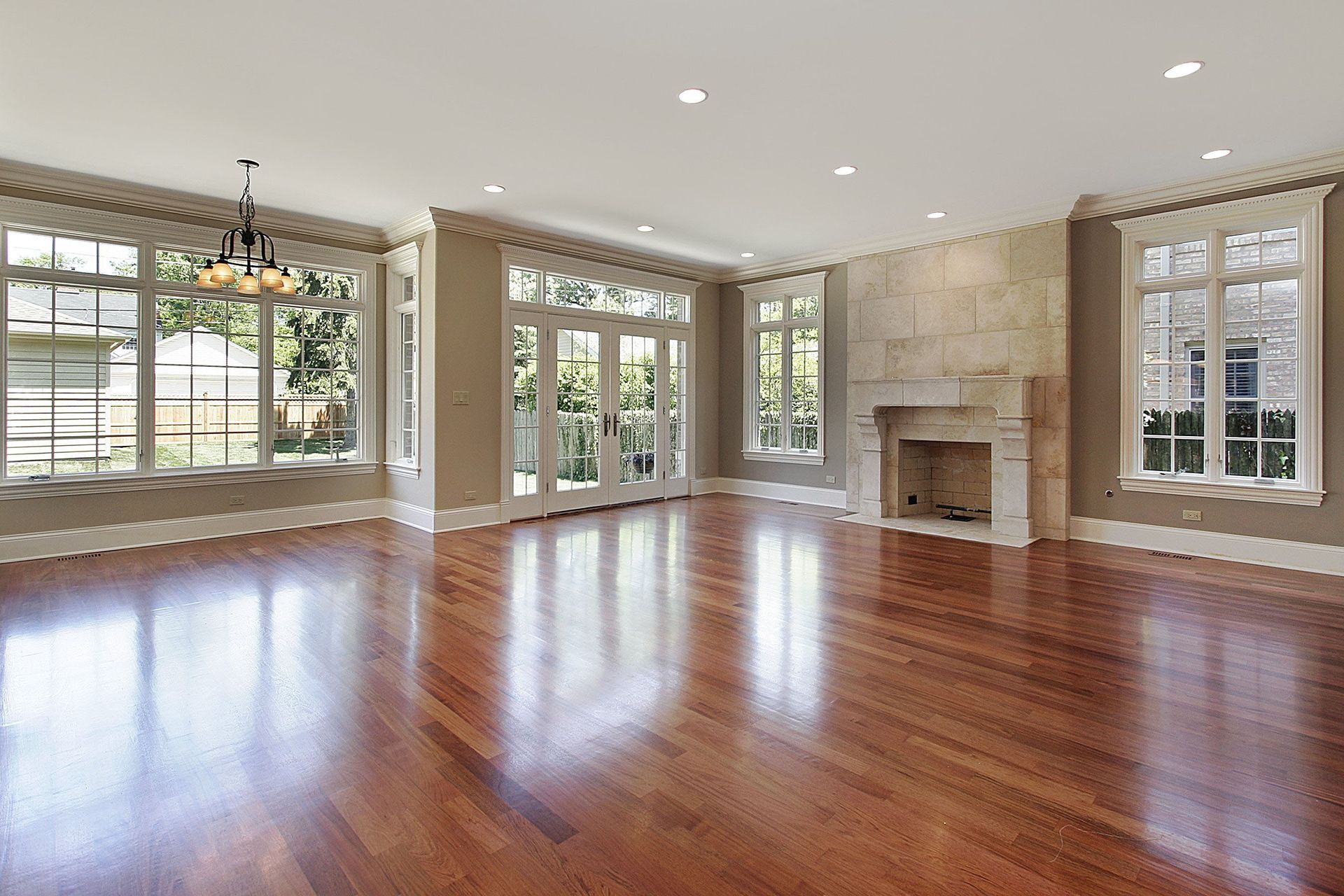
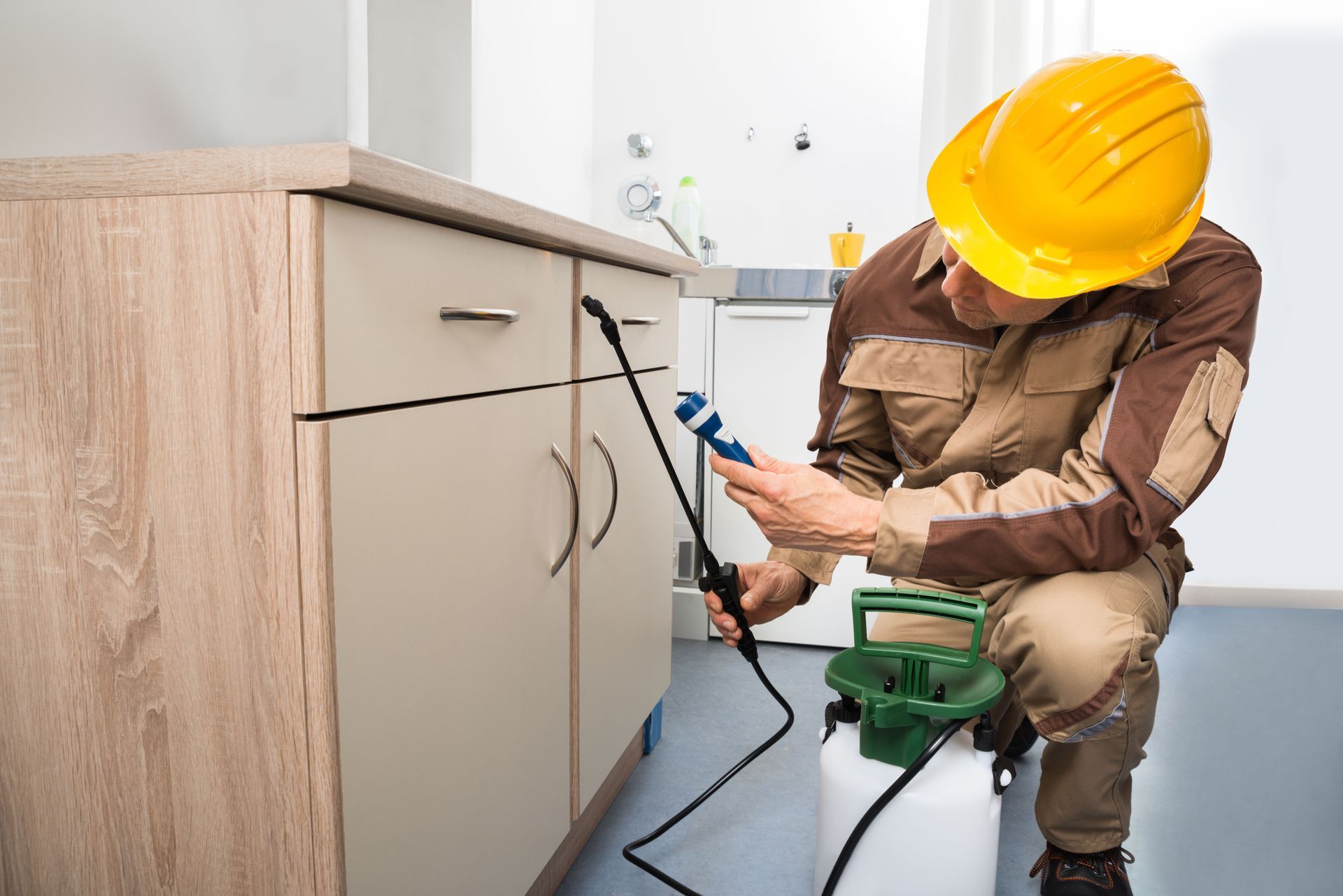
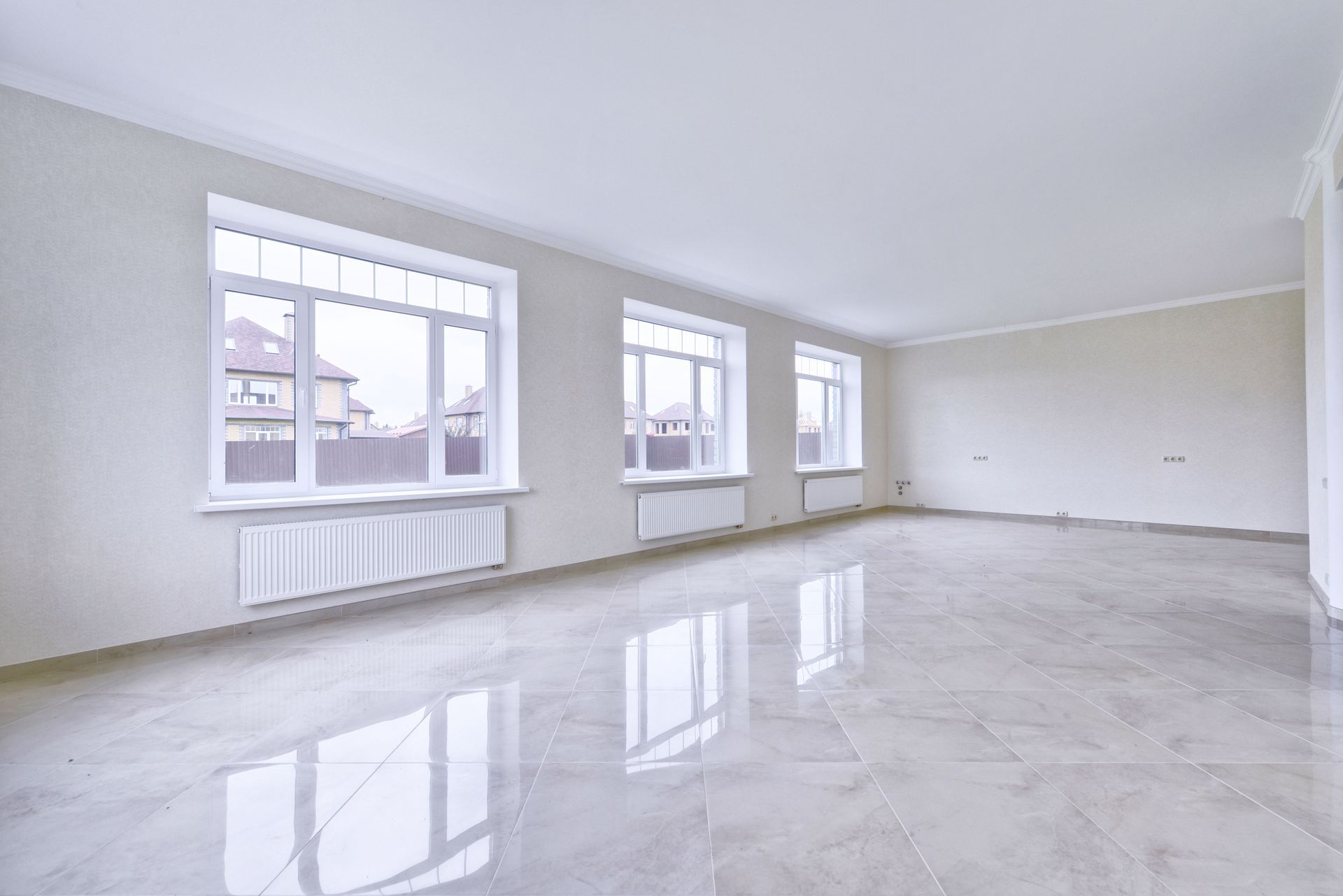
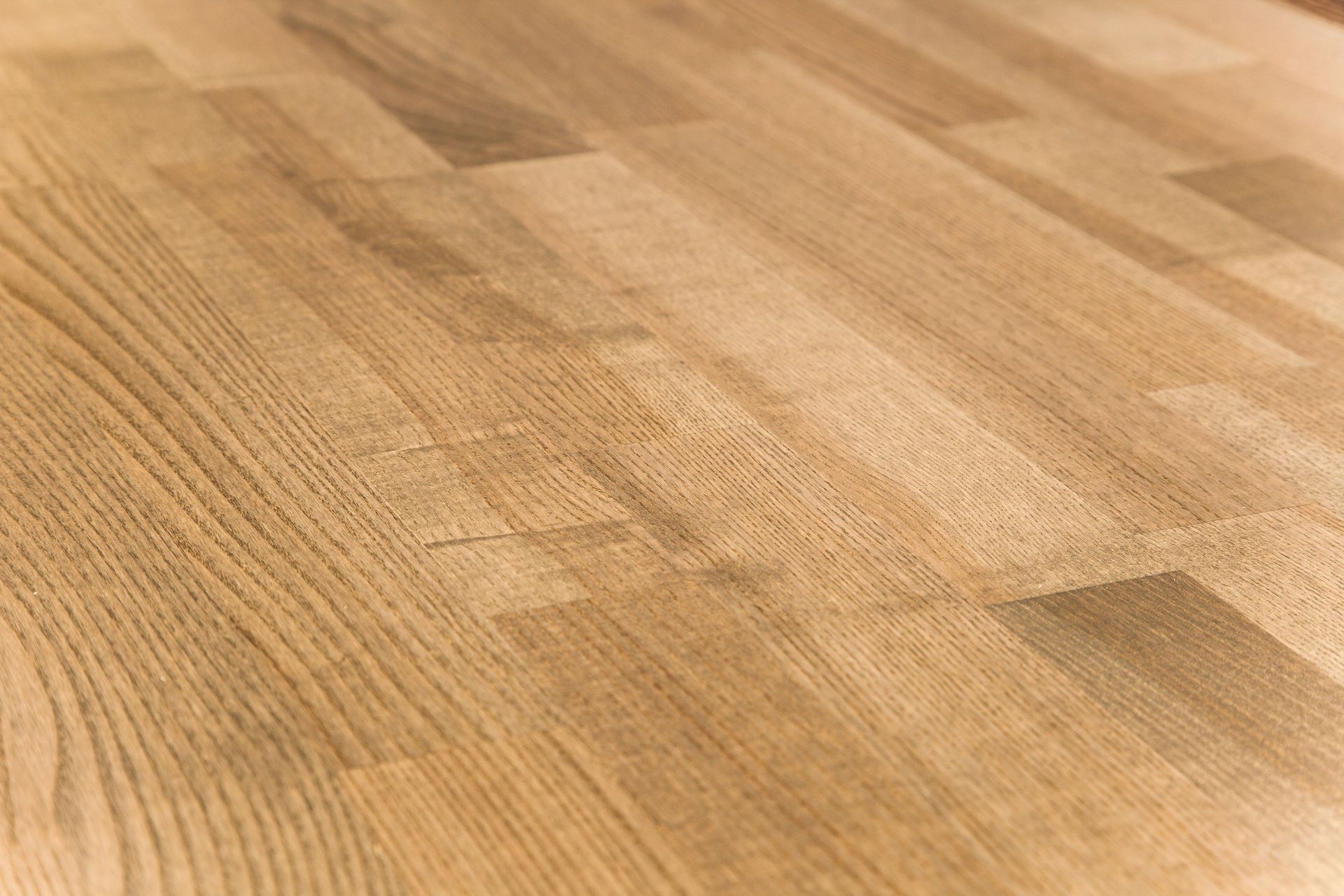
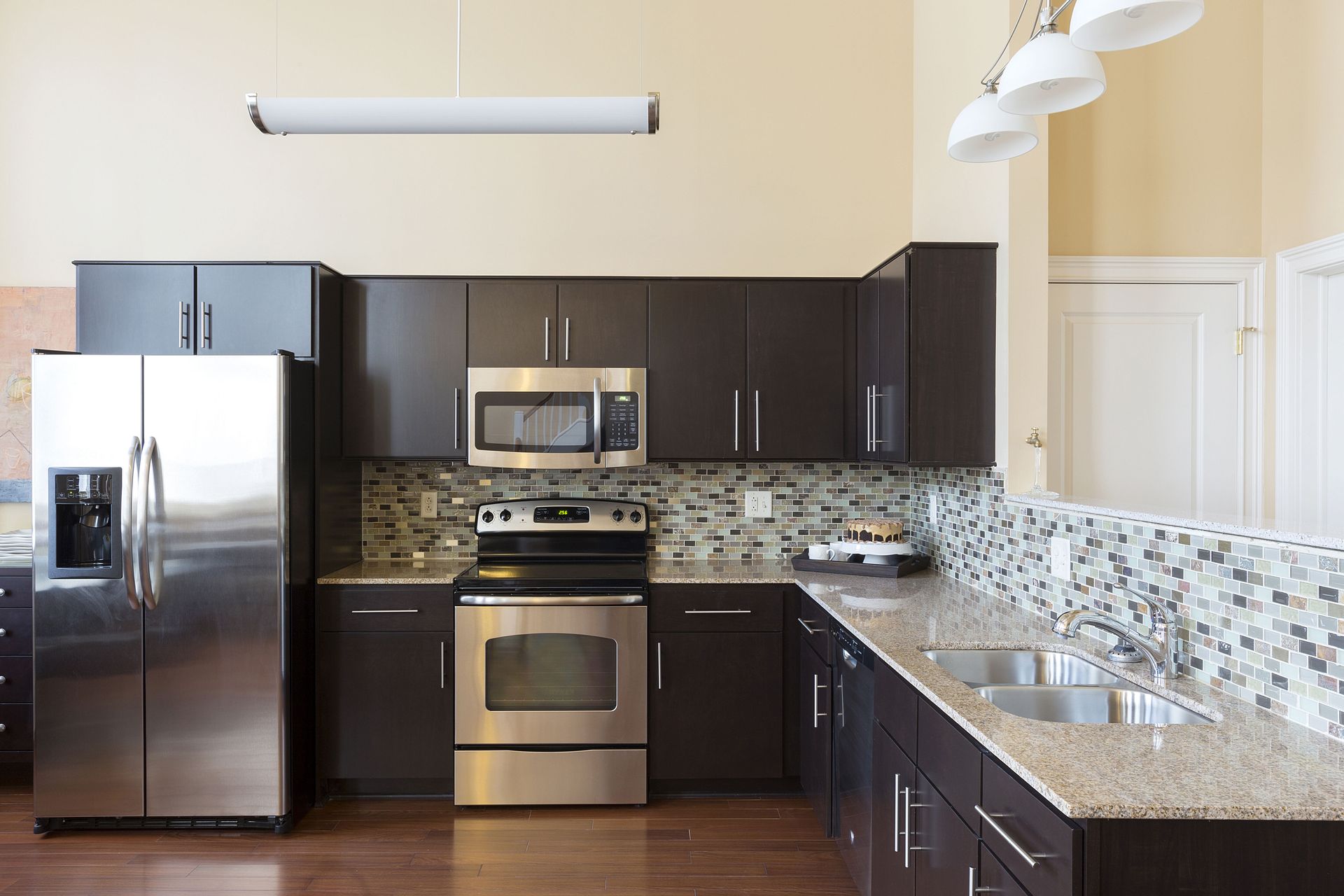
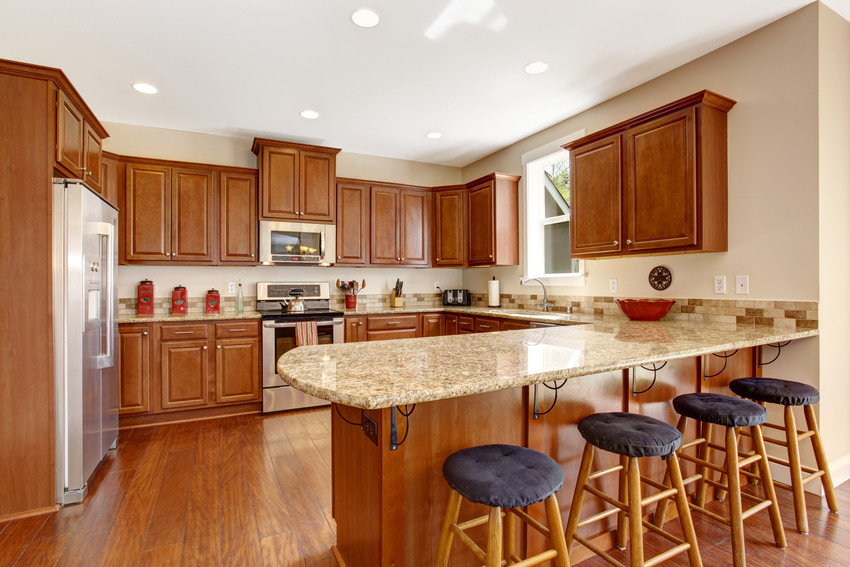
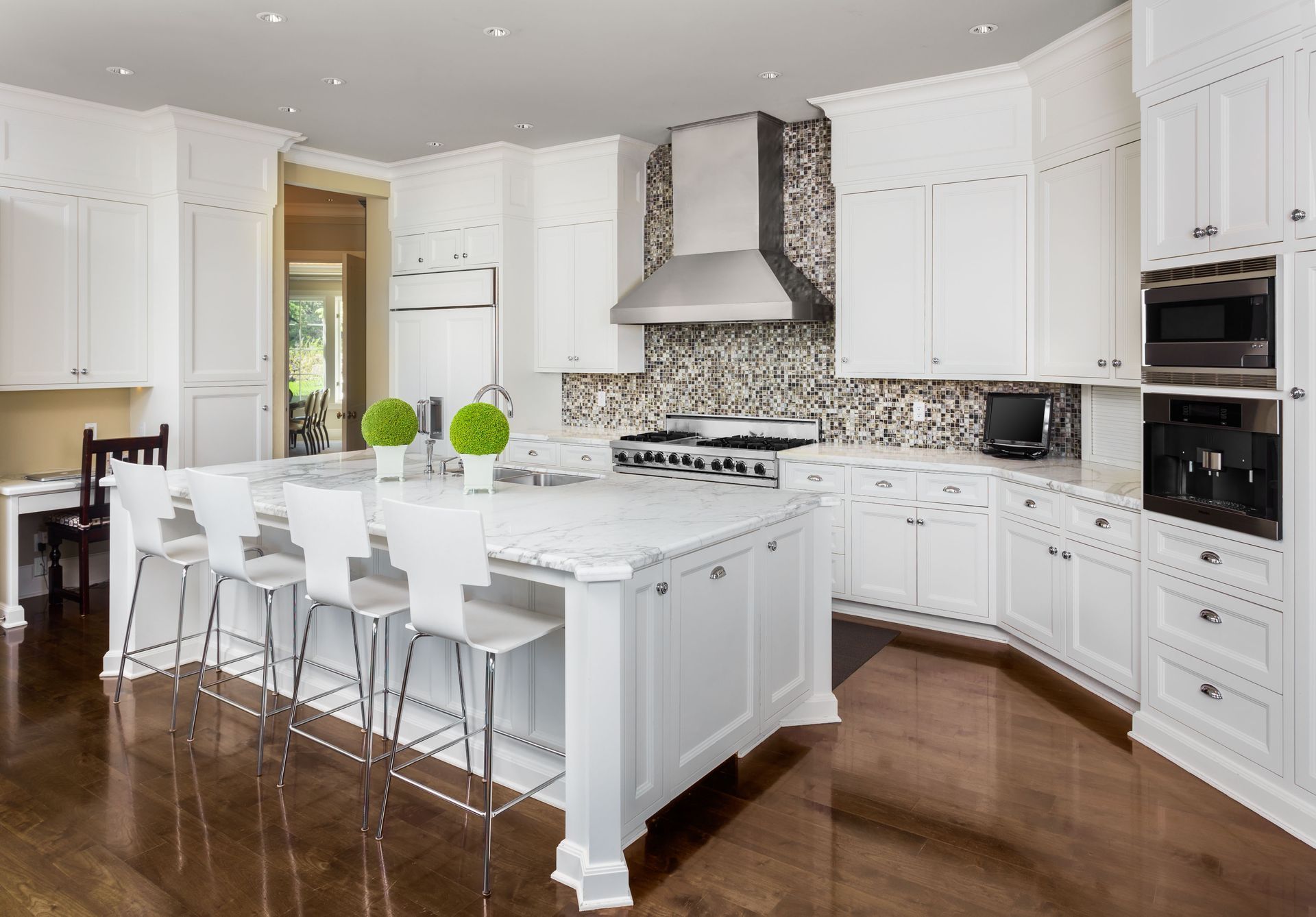
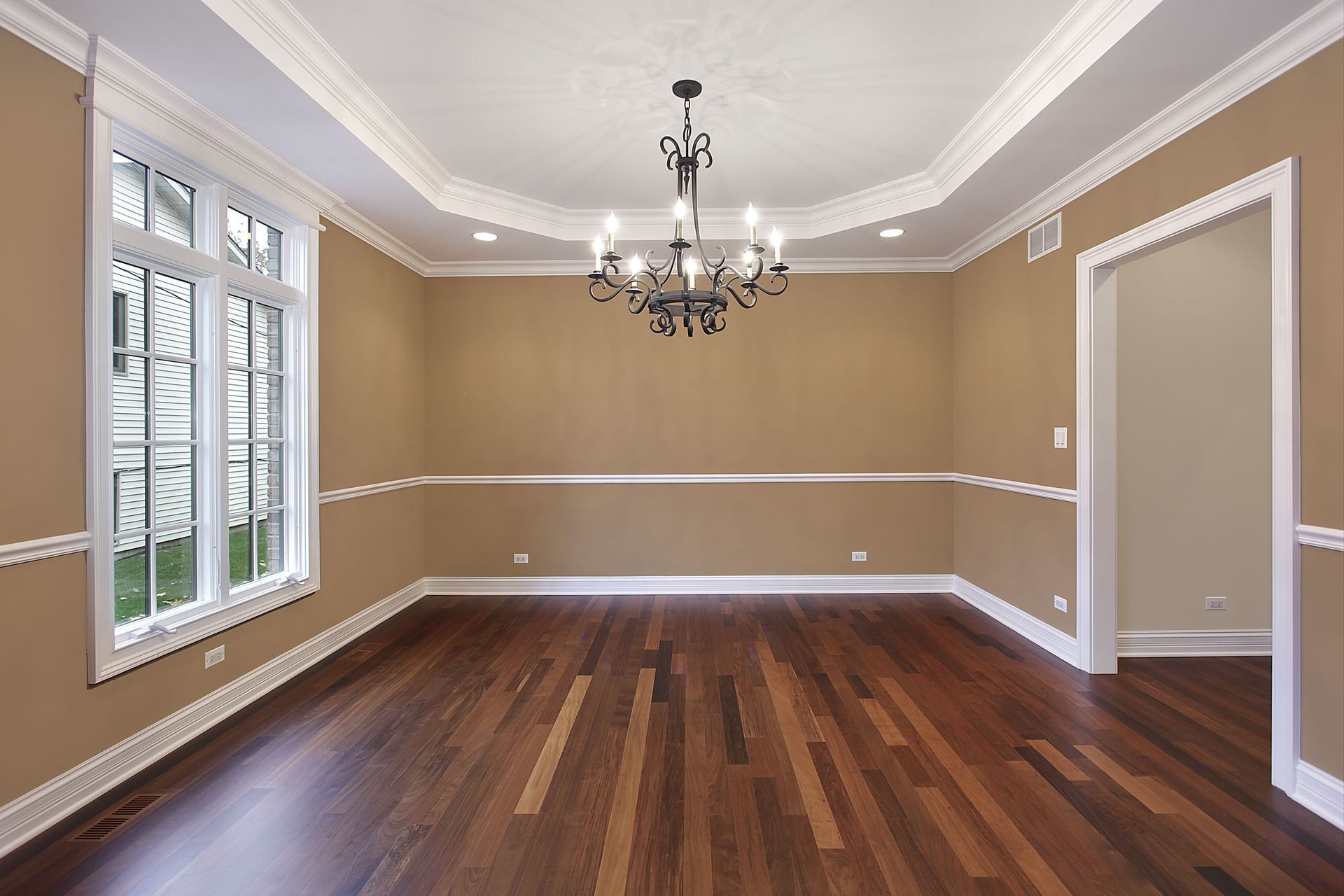
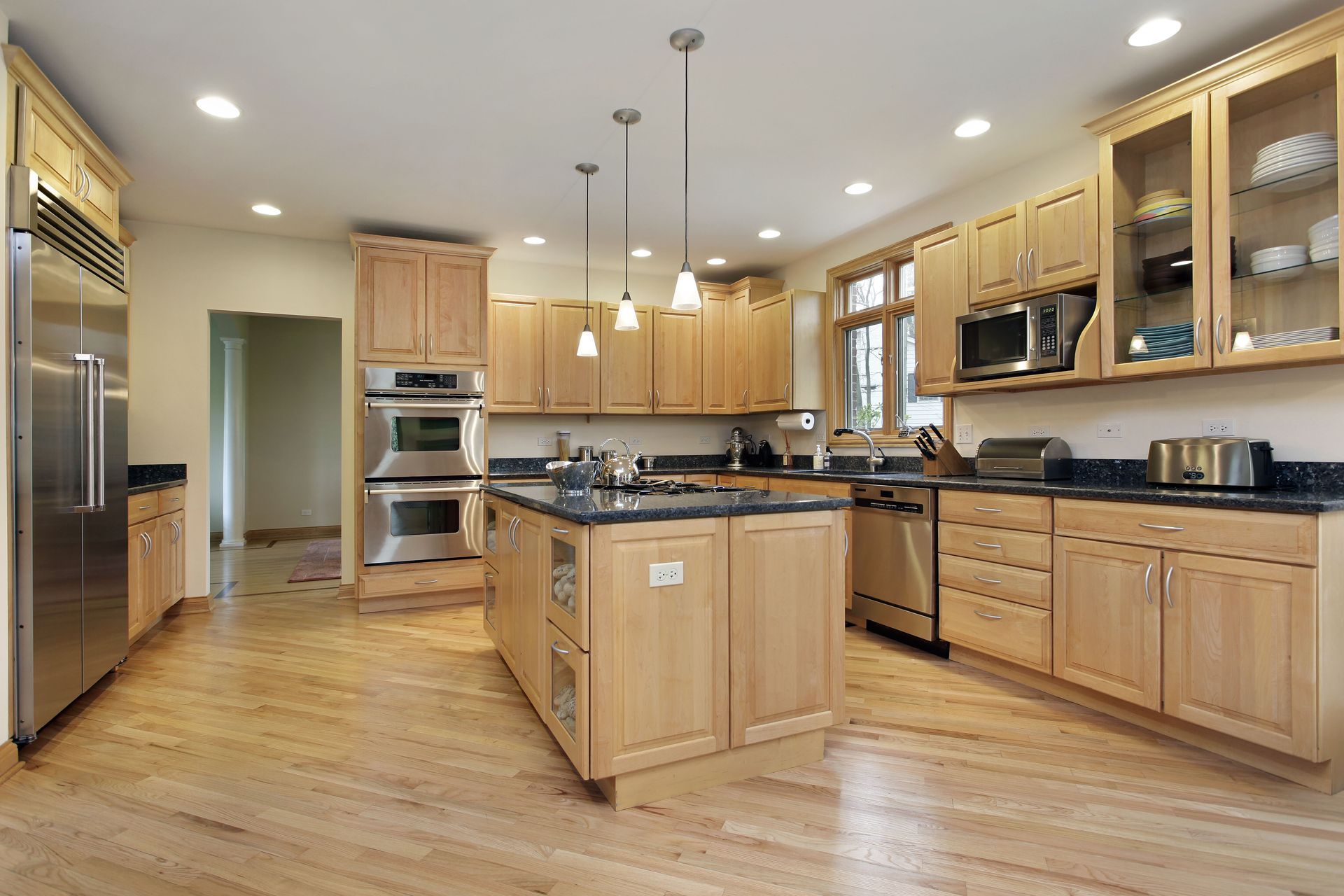
Share On: